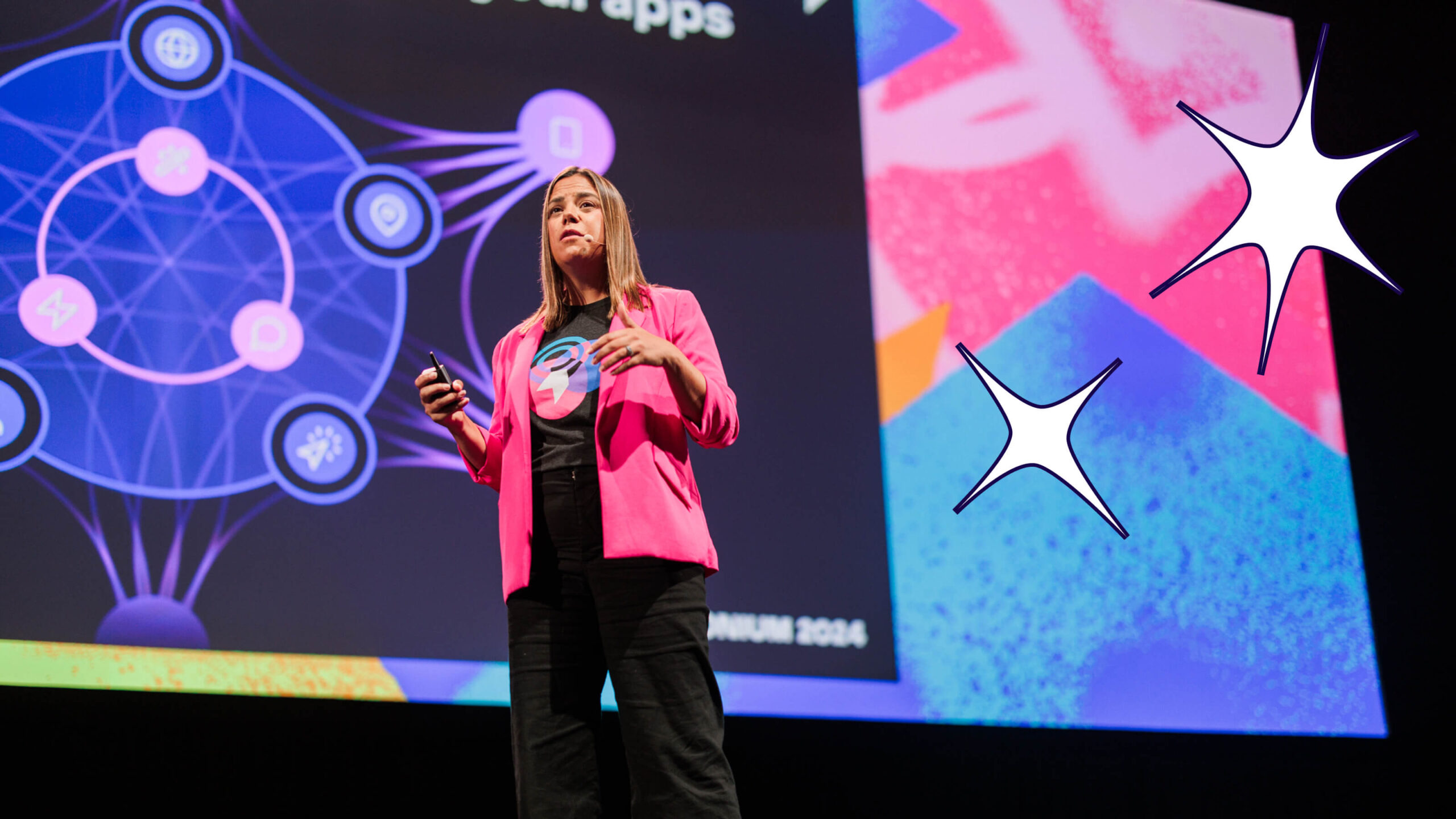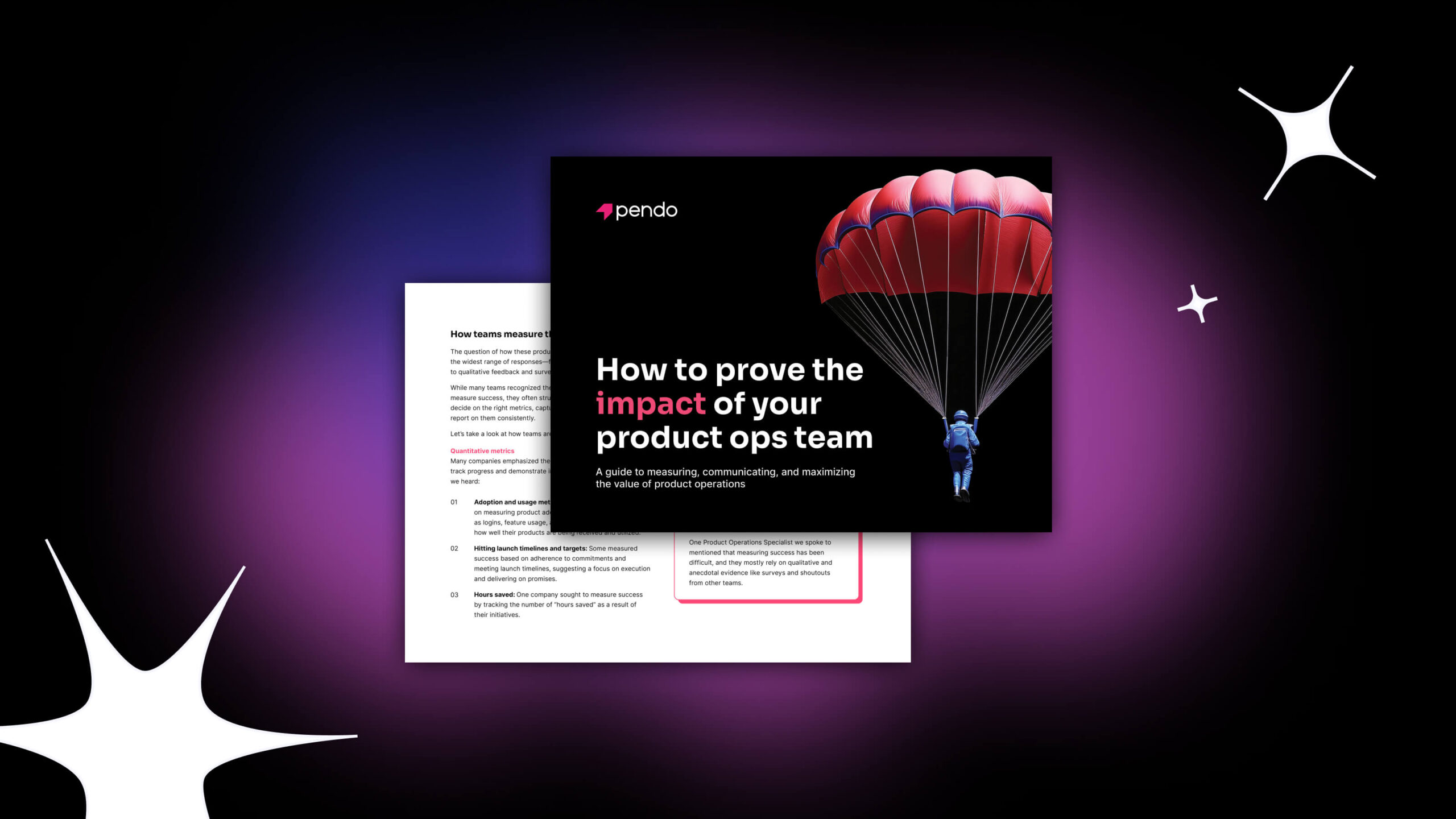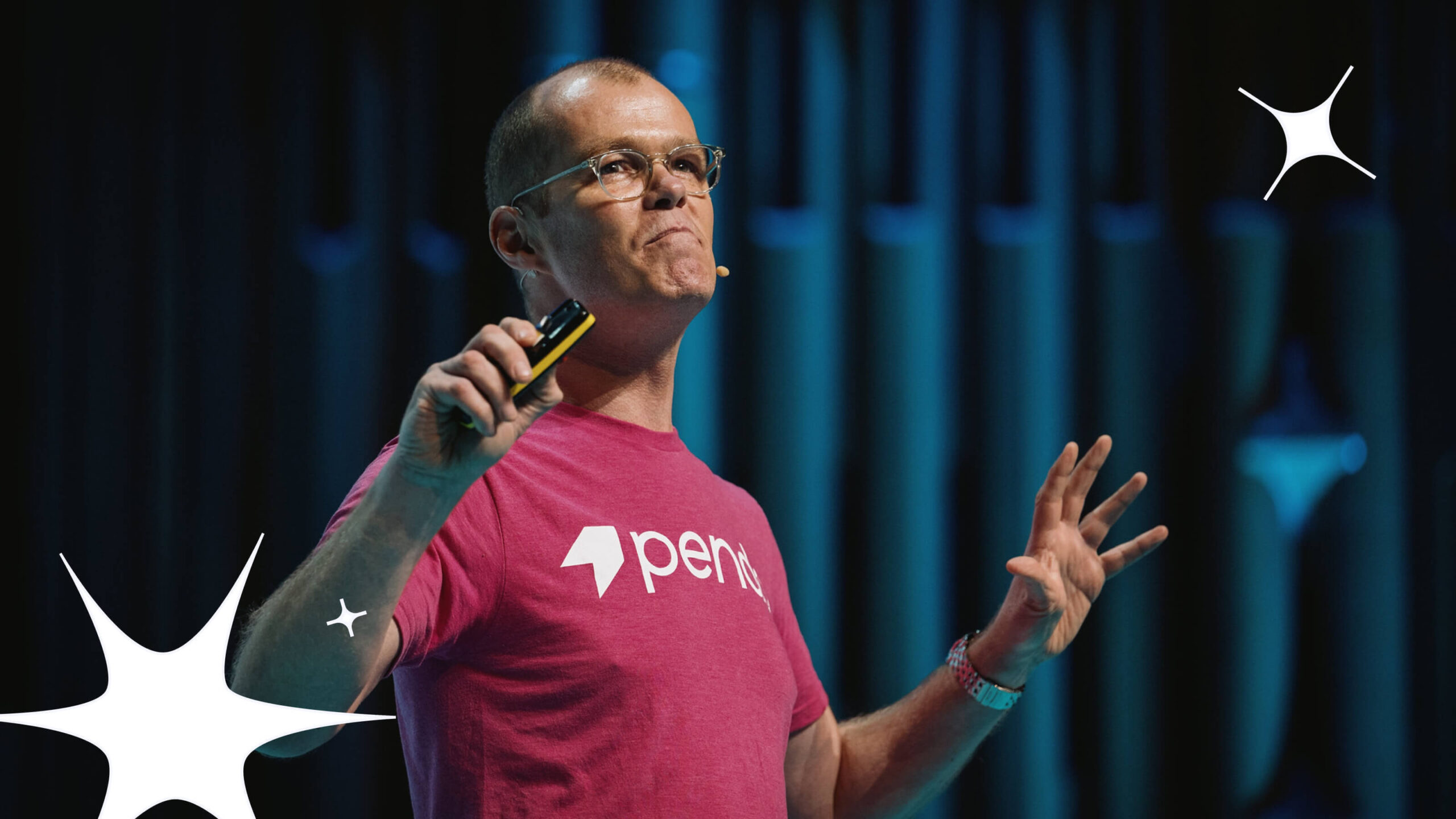Our mobile devices are tied to how we live our lives and get our work done. In many industries, it’s even expected that at least some portion of our work will be completed on a phone—not just on a laptop or desktop computer. So if we’re spending all this time on our mobile devices, why do many of our mobile app experiences still lag so far behind our expectations?
One answer is that some companies who build software—particularly B2B organizations still in the throes of their own digital transformation efforts—don’t take a mobile-first approach to product development.
These companies tend to start with their web-based experiences in mind, then scale them back for mobile. Before smartphones, this strategy worked just fine. But now, mobile users expect even more from their mobile app experiences than they do from their desktop experiences. They’ve become accustomed to beautiful and personalized consumer apps like Instagram, and are demanding the same level of finesse and functionality from the apps they use at work.
While it may feel counterintuitive to build for the smallest screens first, it’s actually a great way to shift your mindset and start with your ideal end state in mind. The window of opportunity to delight your customers and deliver on your product’s promise is (literally) tiny when it comes to mobile—but it’s your best bet for staying competitive and standing apart in a multi-screen world.
Here are four reasons you should consider adopting a mobile-first mindset to build your next product.
Reason #1: Work happens everywhere
Work no longer means being chained to a desk for eight hours a day. With the rise of flexible and hybrid models, a desire to always be connected, and the expectation that our phones stay within arm’s reach—we’ve redefined work as something we do, not somewhere we go.
We check our emails while making our morning cup of coffee. We send our colleagues feedback from the grocery store line. We submit reports or update our CMS while we’re waiting to board our next flight. From the mundane to the business-critical, it’s all happening on our mobile devices.
A mobile-first mindset can help your team feel better prepared to design multi-screen and multi-session experiences—likely the most common way your users will interact with your software—from the start. It will also help you make more thoughtful decisions about feature placement, prioritization, and functionality across your mobile and web apps. For example, a workflow buried a few steps into your product navigation may fly in a web-based session, but will likely cause frustration for on-the-go mobile users. How will you account for both use cases?
Reason #2: Your users just expect it
The “digital native” generation has grown up in a mobile-enabled world. To them—and to the workforce of the future—mobile apps and seamless digital experiences aren’t differentiators. They’re table stakes.
To stay competitive, you need to deliver a compelling mobile value proposition. Employers want their teams to have access to the tools they need to get their work done, wherever they get their work done. They’re looking to empower their employees to use mobile apps to improve their productivity and efficiency. Adopting a mobile-first mindset can help you build mobile apps that live up to your customers’ (and their users’) high expectations. It’s a shift from seeing your mobile app as an emulation of your desktop experience to leveraging it as a competitive advantage.
Mobile apps also have an element of personalization that can work in your product’s favor. They give you the opportunity to get creative and build moments of delight into your product, based on how each user interacts with it. Plus, the presence of your app on a user’s phone can help you become more “sticky” and improve your users’ perception of your brand.
Reason #3: Mobile-first indexing is here to stay
A mobile-first mindset also readies you to appease the bots. In July 2019, Google announced that mobile-first indexing would be enabled by default for all new websites. This means that Google now predominantly uses the mobile version of your content to determine how it indexes and ranks your site. While this update doesn’t have an impact on your native mobile apps, it does impact your web apps.
If a user who hasn’t yet downloaded your mobile app lands on a page in your web app, your goal will likely be to get them onto the former. To do that, you need to (1) make them feel that your product is worthy of a return visit and (2) get them curious to explore the full functionality and user interface (UI) of your mobile app. A mobile-first mindset ensures you’ve accounted for step two so you can capture users that find you through step one.
Building your product with a mobile-first mindset helps you think the way Google does and can improve your product’s visibility through a good search engine results page (SERP) ranking. It also helps ensure your mobile experience feels thought-out and intentional—not like an afterthought.
Reason #4: It helps you build a better experience
Building with a mobile-first mindset simply helps you build a better experience for your users. It forces your team to think about how your product will look and feel across an array of device types and operating systems.
From a logistical perspective, this can be a great move because it helps you knock out the more expensive and time-consuming work of mobile app development first, before moving into the device-agnostic work of web development. A mobile-first approach also ensures your team begins the entire development process with an understanding of all the different ways your users could possibly interact with your product—across all device types, screen sizes, and platforms—so you can better tailor the product’s UI to suit their individual circumstances.
Our need (and hunger) for amazing mobile apps isn’t going away any time soon. So next time you sit down with your team to plan your next product launch, consider adopting a mobile-first mindset to help future-proof your development processes and ensure you’re building the best experience possible for your users.




